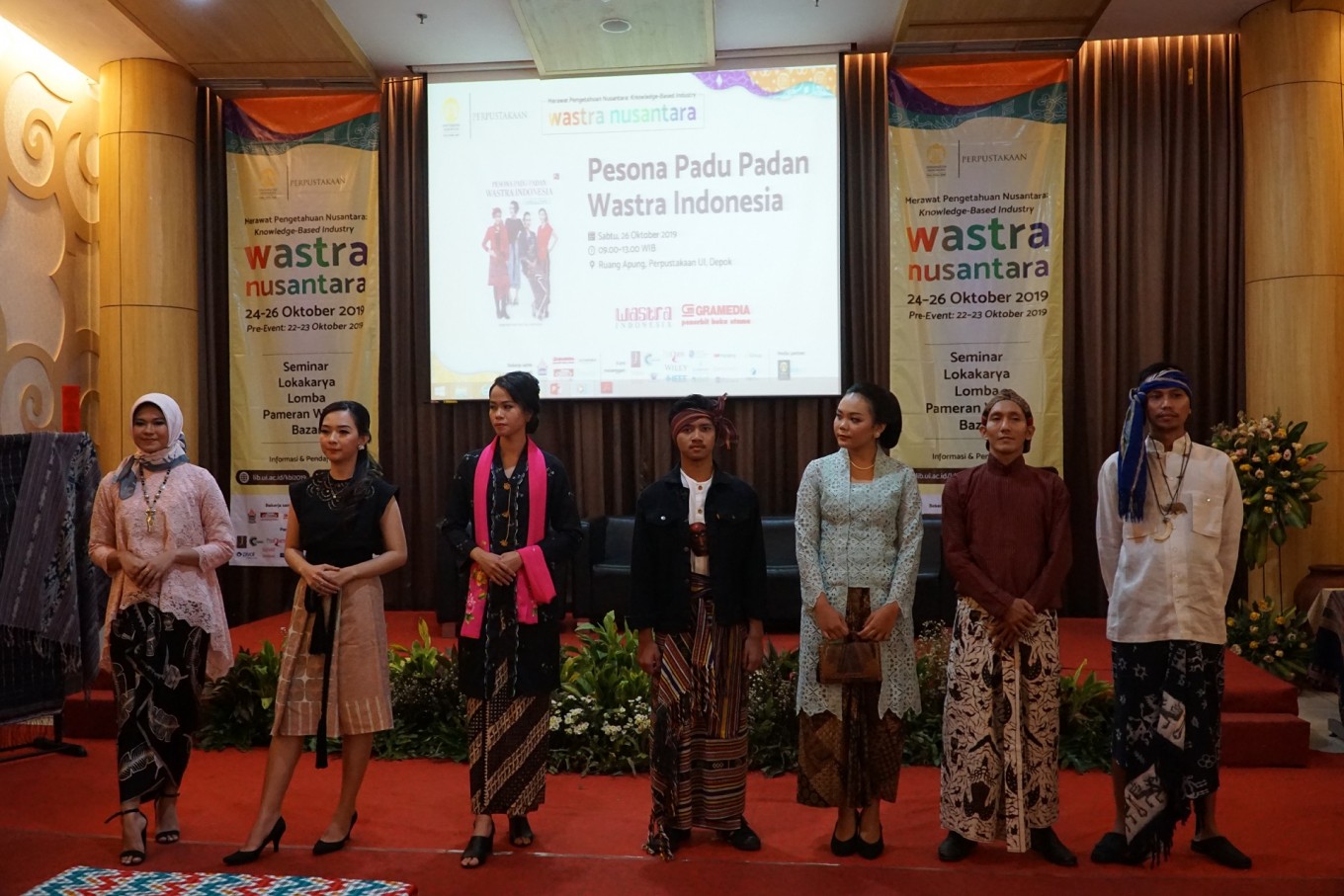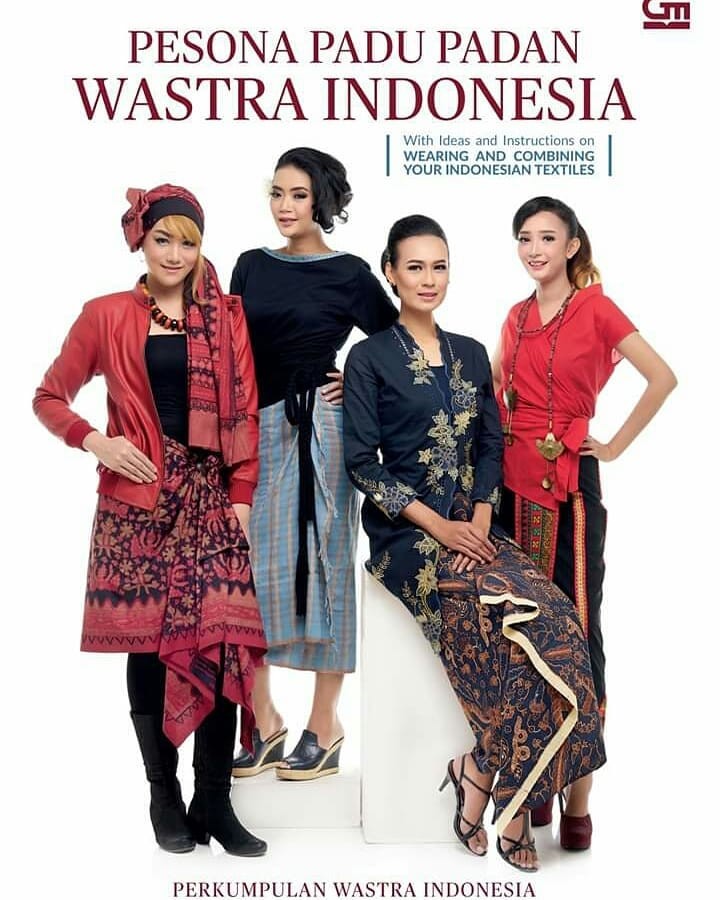Popular Reads
Top Results
Can't find what you're looking for?
View all search resultsPopular Reads
Top Results
Can't find what you're looking for?
View all search resultsLooking stylish and spot-on in Indonesian ‘wastra’
Change text size
Gift Premium Articles
to Anyone
T
he recognition of batik as an intangible cultural heritage of humanity on Oct. 1, 2009, which also marked National Batik Day, has expanded the market for the traditional cloth as Indonesians now wear batik shirts or dresses, or even kebaya, to work.
Other traditional cloths from different regions in the country, mainly those made with hand-weaving techniques or ikat, have also gained momentum in the fashion industry as artisans and designers develop them with lighter fabrics and modern patterns.
Such traditional textiles, known as wastra, include songket, which is associated with the Melayu culture in Sumatra and Kalimantan, ulos of North Sumatra, and wide varieties of ikat from the eastern part of Indonesia with Bali’s ikat geringsing as the most intricate.
Not many people, however, know that the word wastra itself carries the deeper meaning of a piece of cloth as it represents the age-old tradition and cultural values of the community, which is symbolized in motifs, colors, as well as the size dimension of cloth.
And no one wants to get caught wearing a traditional cloth designated for a festive occasion while attending a burial ceremony.
The bilingual guidebook Pesona Padu Padan Wastra Indonesia (Enchanting Indonesian Textiles) would come handy in making the sartorial choice when it comes to traditional cloths.
Pesona Padu Padan Wastra Indonesia (Gramedia Pustaka Utama/-)



















